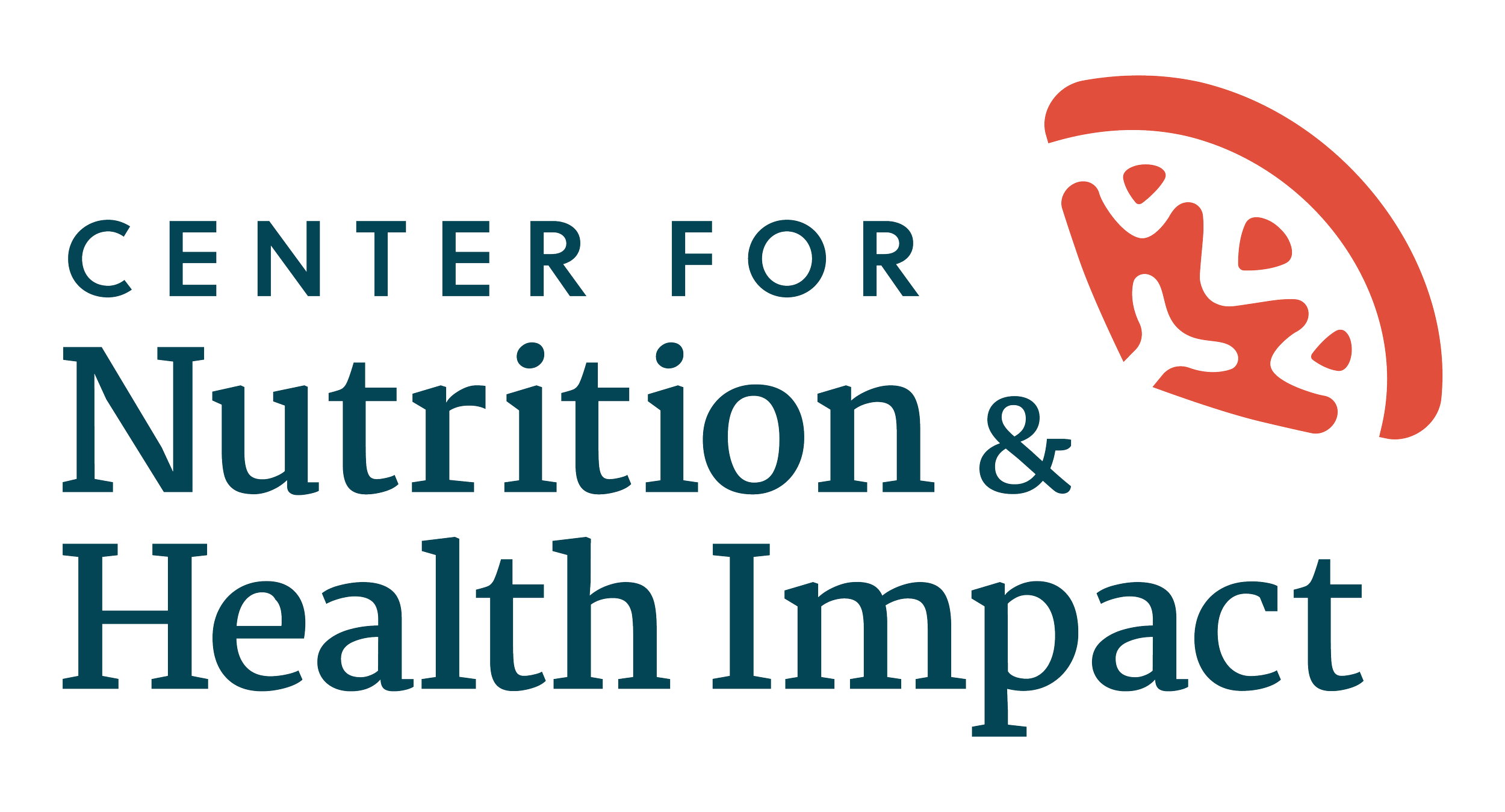------- + -------
Bridges to Belonging:
Adapting Built Environment Approaches to Meet the Needs of People with Intellectual and
Developmental Disabilities
Project Description
Built environment approaches make it safer and easier for people across the life span to walk, bicycle, or wheelchair roll, and mitigate barriers to physical activity by making the healthy choice the default choice. To tailor built environment approaches to be responsive for people with intellectual and developmental disabilities (IDD), we conducted a qualitative study with Special Olympic athletes across the United States. This project was informed by a Project Advisory Board including Special Olympic Coordinators and athletes in two states.
The study findings were used to update a toolkit on implementing built environment approaches. The toolkit includes considerations for making built environment approaches, such as sidewalks, crosswalks, and public transportation, more accessible to people with IDD. Public health practitioners working in health departments, Cooperative Extension, and other community organizations can use the toolkit to work with community partners to change the built environment.
For more information, contact Shelly Palmer.
Our work is supported in part by the Special Olympics Systems Change for Inclusive Health Subgrant, funded by the Centers for Disease Control and Prevention. The contents of this project are solely the responsibility of the authors and do not necessarily represent the official views of the Centers for Disease Control and Prevention or the Department of Health and Human Services.


